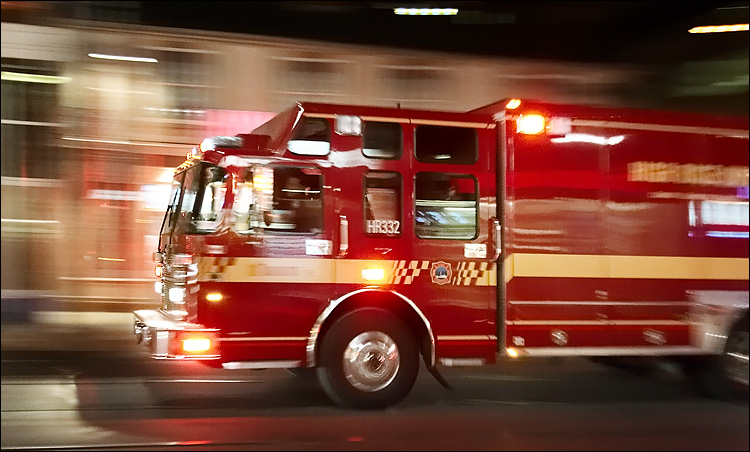Safety First News
Is 911 An Acceptable Confined Space Rescue Plan? Are You Sure?

September 11, 2016
If “Call 911” is the rescue plan written on the confined space entry permit, the employer is essentially planning for a body recovery –not a rescue effort. According to the Bureau of Labor Statistics, fatalities in association with permit required confined spaces are nearly 100 per year. That means it is expected that two people will die each week on average in a confined space in the United States. Also alarming, for every victim who dies in a confined space, three would-be rescuers die trying to save that victim. That statistic includes firefighters.
The Occupational Safety & Health Administration (“OSHA”) lists requirements for confined space rescue operations to be established by the employer in 29 CFR 1910.146(k)(1) – 1910.146(l)(2) for general industry and 29 CFR 1926.1211(a) – 1926.1211(d) for construction. If 911 (firefighters) will be called in case of an emergency, the employer is to, among other things, do the following:
- Evaluate the responder’s ability to respond in a timely manner
- Ensure the responder has equipment and training to enter the specific confined space, and
- Ensure the responder is proficient in performing needed rescue services.
The standards are written such that relying on merely calling 911 as a confined space emergency rescue plan is practically impossible to achieve in accordance to the law.
Evaluate the responder’s ability to respond in a timely manner
In an interpretation letter published by OSHA, the agency established 3-4 minutes as an appropriate response time for emergency responders. If the employer is located in an urban area, firefighters may arrive on scene in 3-4 minutes, but that is not what OSHA means with regard to confined space emergencies. OSHA expects emergency care can be administered to the victim in 3-4 minutes.
After firefighters arrive on the scene, they would be taken to the confined space in question. Once there, and assuming they must go inside the confined space for the rescue attempt, they would establish with the employer what hazards are in and around the confined space. The firefighters would then conduct air testing of the space as they would go through their own confined space entry protocols to ensure it is safe for a responder to enter the space. As the air testing was being done, a responder would get donned with a harness, tag line, SCBA, etc. and would prepare for entry.
Once inside the space and once the victim has been reached, the responder would need to rig or prepare the victim to be removed from the space and navigate the victim to the extraction point. After the victim has been removed from the space would typically be when life saving efforts begin –which oftentimes is too late if “Call 911” was the confined space rescue plan.
Ensure the responder has equipment and training to enter the specific confined space
Even if emergency responders (firefighters) were just down the street, that wouldn’t mean the fire station had the training or equipment to respond to a confined space emergency. It takes time and expense to train firefighters to properly and safely respond to confined space emergencies, and most small municipalities have not invested in that sort of specialized training. In fact, a large metropolitan area such as Houston, Texas has only 2 stations that are trained and equipped to respond to confined space emergencies.
Some departments have conducted assessments and made the conscious decision not to perform confined space rescue operations. Even if a fire department has specialized confined space rescue training and equipment, that doesn’t mean the responders are always available.
Ensure the responder is proficient in performing needed rescue services
Have the emergency responders been to the site and conducted confined space evaluations and practiced various confined space rescues? The OSHA standard specifically states that the owner of the space is required to ensure that the emergency responders are proficient conducting rescues from the specific types of spaces. OSHA lists 24 types of confined spaces depending on the size of the opening, shape of the opening, and location with respect to the space.
The key word in OSHA’s standard regarding emergency responders is “proficient.” This does not mean the responders practiced once, it does not mean that the responders are competent with regard to confined spaces, and it does not mean the responders are adequate in specific confined space emergency situations. It means the employer certifies the responders to be proficient in conducting rescues from the specific type of confined space encountered.
Choice for employers
Calling 911 is not a viable option for permit-required confined space emergency response and rescue operations, which leaves the employer with one viable choice between two options: Either train employees to rescue and perform emergency medical assistance, or hire a third party to provide those services for the employer.





